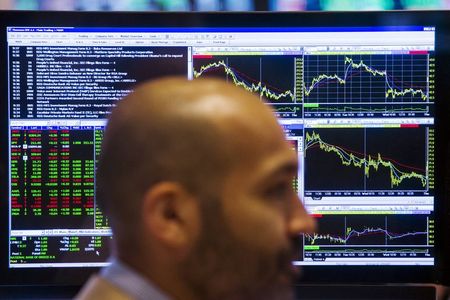Follow us on LinkedIn
An Asian option is a type of financial derivative contract commonly used in the world of finance. What sets it apart from traditional options, such as European or American options, is its unique method of calculating the payoff. Rather than being determined solely by the underlying asset’s price at the option’s expiration, the Asian option takes into account the average price of the underlying asset over a specific period, known as the averaging period. This averaging mechanism, which can be based on daily, monthly, or other intervals, makes Asian options particularly valuable in reducing the impact of short-term price fluctuations and market volatility.
Asian options are typically priced using simulation or approximate analytical formulas. However, as pointed out by Reference [1], there exists a challenge of slow convergence, especially when dealing with low-volatility stocks. This arises because, in scenarios where there are available analytical or numerical solutions, both arithmetic and geometric averaging methods are ill-suited to provide an accurate statistical representation of the price trajectory of the underlying asset.
Reference [2] has introduced a solution for valuing Asian options on low-volatility stocks by employing the modal average of the underlying assets as a means to price Asian options. The authors demonstrated,
…we develop a new option pricing model based on the modal average of the underlying asset. Financial derivatives have developed rapidly over the past few decades due to their risk-averse nature, with options being the preferred financial derivatives due to their flexible contractual mechanisms, particularly Asian options. The underlying stock’s geometric or arithmetic averages are typically used to price Asian options. These techniques, however, are not appropriate for equities with very little volatility. We propose the use of the modal average as the measure of the underlying stock price. We implement the suggested approach to price options traded on certain exchange equities using data from the Ghana Stock Exchange. The outcomes consistently demonstrate that the modal average model beats the current option pricing algorithms for underlying equities with less than 3% volatility. We proceed to show that theoretically this assertion is indeed true.
This article highlights an interesting issue regarding the pricing of path-dependent options on low-volatility assets. It reminds us of the challenges involved in assessing credit risks within low-default portfolios.
Let us know what you think in the comments below or in the discussion forum.
References
[1] Fu M, Madan D, Wang T., Pricing Continuous Asian Options: A Comparison of Monte Carlo and Laplace Transform Inversion Methods. Journal of Computational Finance. 1999;2:49-74.
[2] Osei Antwi, and Francis Tabi Oduro, Efficient Pricing of Path Dependent Options with Low Volatility, Journal of Mathematical Finance, Vol.12 No.1, February 2022
Further questions
What's your question? Ask it in the discussion forum
Have an answer to the questions below? Post it here or in the forum




